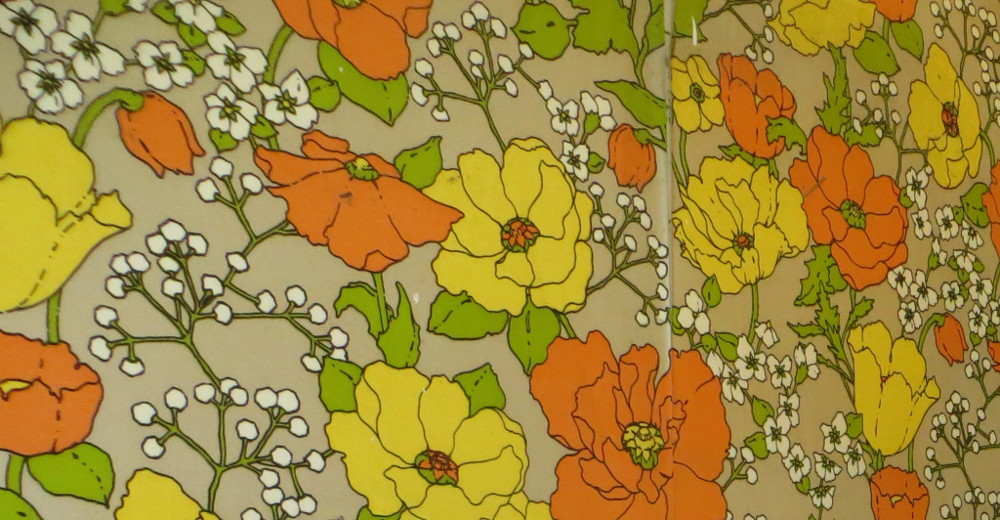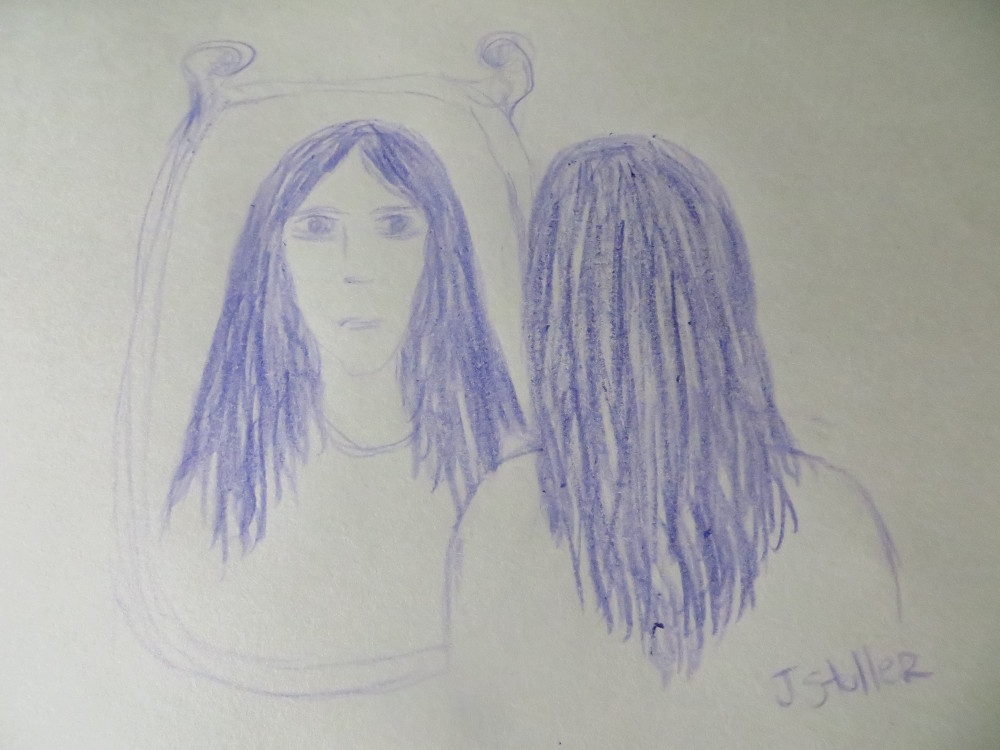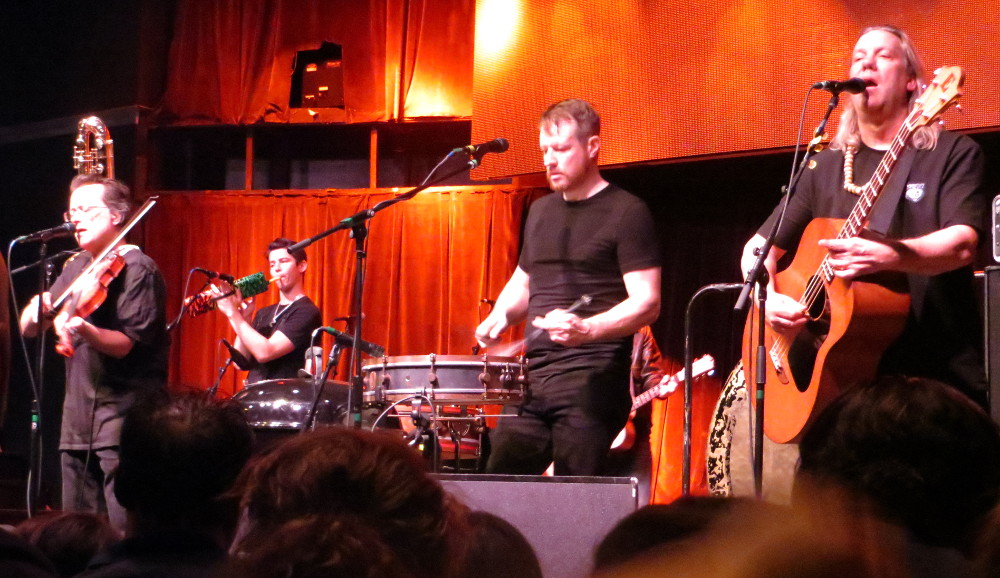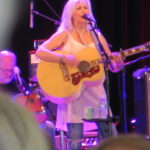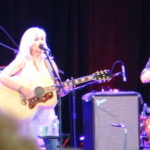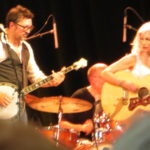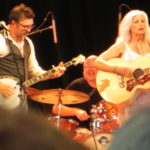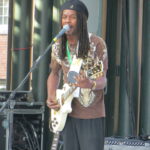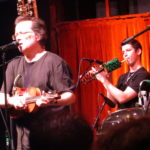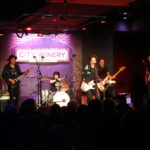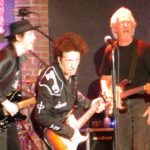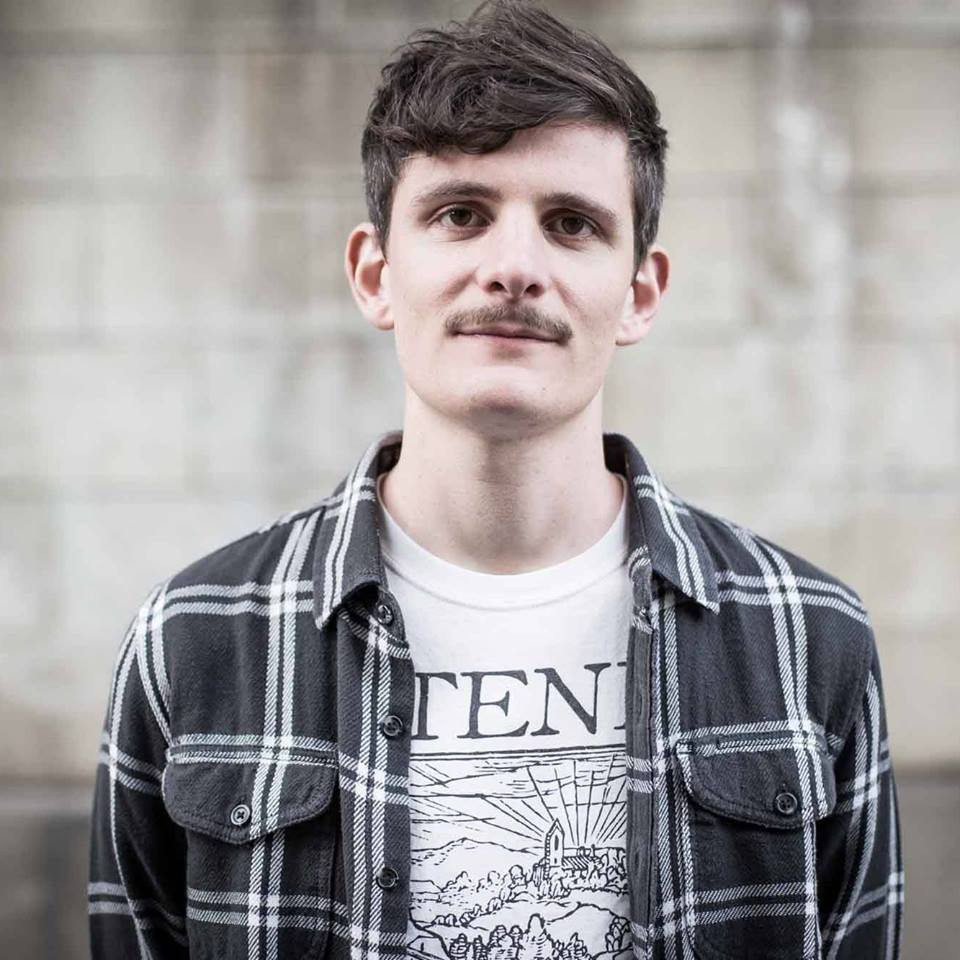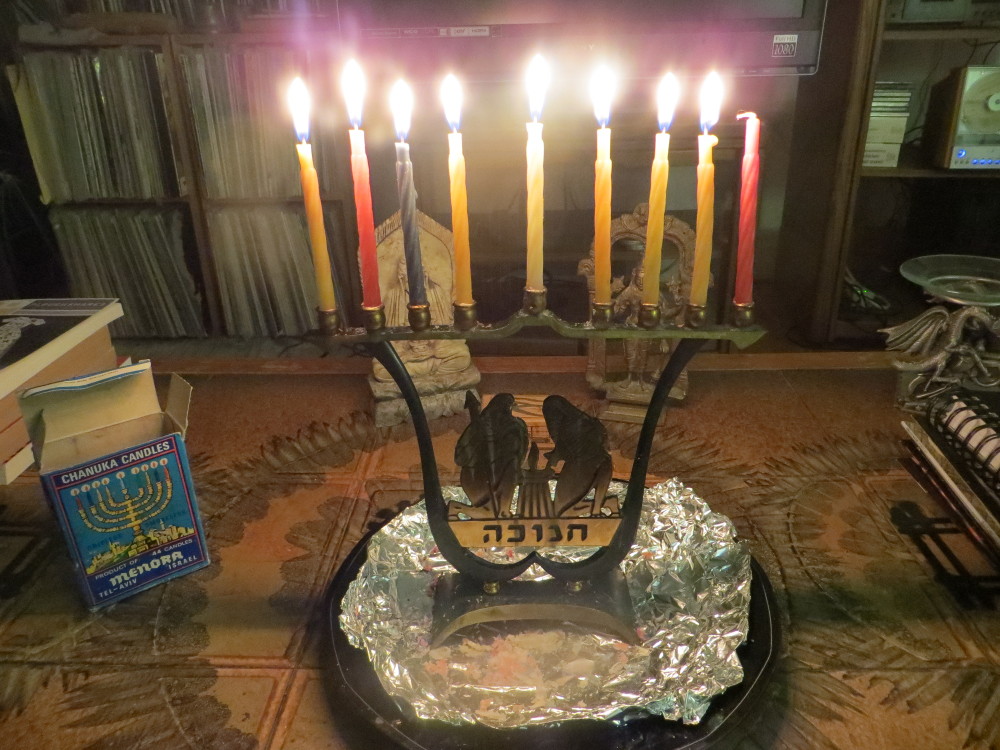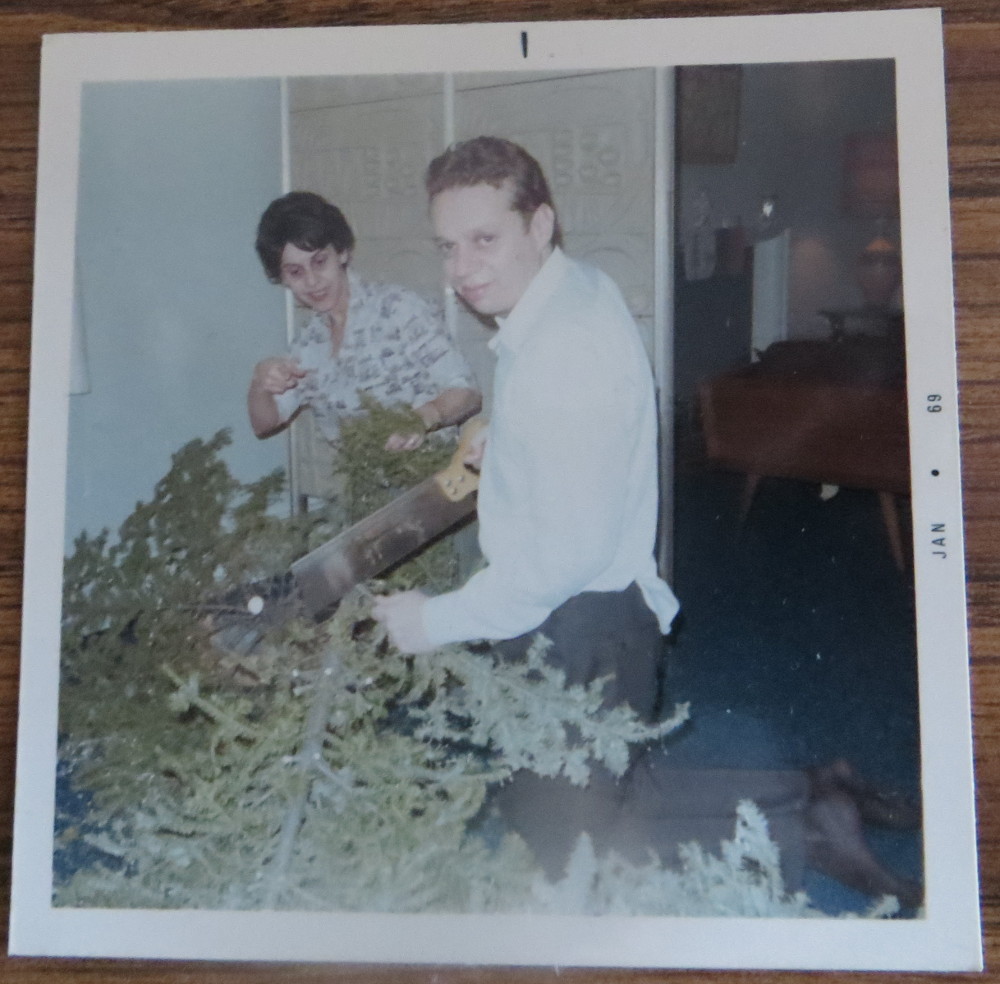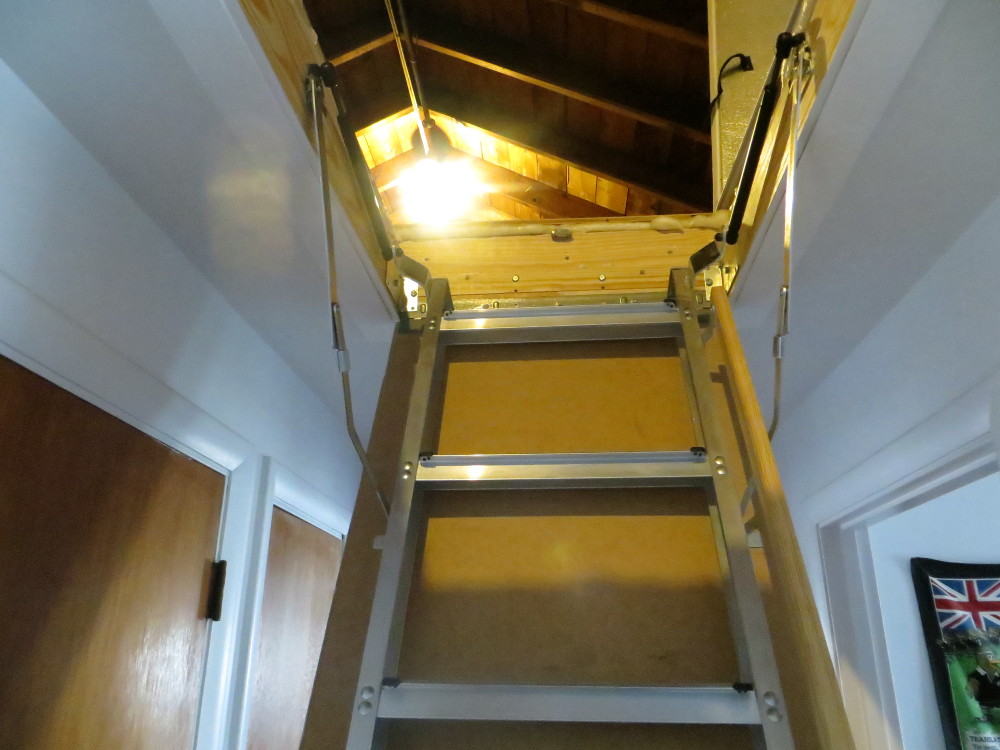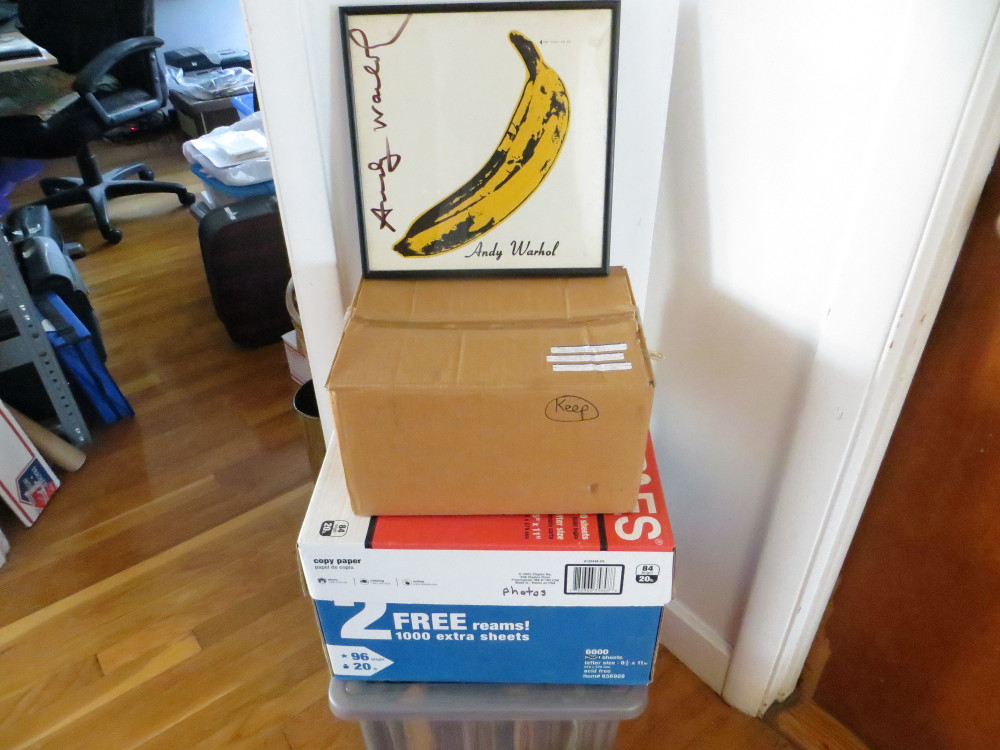
Inspired by Victor Robert Venckus’s Expanding Awareness program with Yvonne Donovan about decluttering one’s personal space.
I have always been exceedingly sticky. Things stick to me. People stick to me, too.
Have you ever had a piece of cellophane refuse to let go as you attempt to shake it off into a trash bin? That happens to me all the time.
I listened to the woman speak, but she never scratched her way below the surface, as much as I tried to encourage her psychically from my couch as I sat staring at the radio. She preferred to focus on how marvelous it is to clear away all your clutter — how freeing it is to be unencumbered by all those belongings.
But sometimes those sad old objects are all you have left to remind you of who you once were, who you perhaps still are and who you once loved.
The direct memory fades with the dispassionate passage of time. The right song at the right moment, can, if you’re lucky, bring it all back. So too can a well-worn, familiar object, however seemingly junky and insignificant.
I realize it isn’t altogether healthy, to remain attached to the past by means of a physical possession. When Mom and Dad died, as I systematically went through the contents of a 7-room, 4-level, 50-year family home, I found myself sentimentally attached to the silliest of things. Not because of their value, but because of the personal meaning they held.
Fortunately (or unfortunately, depending on how you look at it), my folks, despite having been children during The Great Depression, were devout gifters. A piano I never quite took to as a child taking lessons was given to, I think, a community center. A pool table, which we enjoyed when I was young, ended up going to an old folks’ home. The Jacuzzi, a treadmill, a hammock and garden furniture, all kinds of artwork and decorative items, vintage clothes, virtually all my old toys — somewhere.
And so, when I was faced with the task of moving special items from a spacious 7-room split level to my tiny 4-room ranch, it was easier than it might have been. I simply didn’t have the space. But still, even without the old furniture, I’m surrounded by boxes of photographs, slides, cards, letters, old films, books, records, CDs, documents, artwork and decorative pieces, household items and even electronic devices, all bursting with the essence of their former owners.
Or so it seems to my sticky mind.
As if I didn’t already know that one can be mentally and spiritually burdened by possessions, I periodically have my bag lady dreams. In them, I’m inevitably trying to leave a place, or catch a train, or make a flight, or follow someone out of a room, except that I must first decide what to do with all my baggage. And I mean that in a literal sense. I have bags, or boxes, or just stacks of things, all of it apparently mine, but quite often stuff I don’t even recognize. Regardless, I’m convinced that it must all be thoroughly gone through before I can proceed. I typically wake up feeling oppressed and frustrated.
I used to be a collector. I stopped actively collecting specific items like music memorabilia and films or TV shows of an actor I enjoyed. But I still collect objects from my past, and after the major sell-off of 2018, I suddenly don’t want to part with anything else. Ever. But I’ll probably feel differently about it in the light of a new day — or when I can no longer stand the claustrophobia of being surrounded by boxes.
There are far worse hoarders than me. Oddly, I think of Andy Warhol and his cookie jar collection. Maybe he just liked cookie jars. Or perhaps he experienced some sort of great loss in his life and collecting those cookie jars gave him a feeling of comfort and wholeness. Things are solid and tangible, unlike people, who can come in and out of your life on the wings of birds.
I met him once, Andy, at the B. Dalton’s on 8th Street in the Village. The year was 1985 and he was signing his latest book of photography, America. I had just purchased the Velvet Underground and Nico’s ‘peelable banana album’ at a record show in New Jersey, with the intention of sending it to a guy in the U.K. in return for Bowie memorabilia. And that night, as synchronicity would have it, I saw an ad in the Village Voice for the book signing the next day. So, there I was, standing in line with the city’s hipsters, waiting for Andy. He walked in with his painted black leather jacket, sunglasses and white hair. We were all transfixed.
When it came my turn, I handed him the requisite book to have signed, and then quietly said, “Hi Andy, I wonder if you would indulge me?” With that, I handed him the album. Andy, in an equally quiet voice, said “Sure.” I heard someone in line behind me say, “Oh man, I have that; I should have brought it!” Andy marveled at the legendary album of his own design and said, “Oh, I haven’t seen this for so long!” He loved it, and signed his name proudly, big and bold, across the entire length on one side, before handing it back to me. From one collector to another. Of course, that British guy never did get his album.
I remember when Andy died. I was loading tapes onto video machines at a public television station in Hartford, Connecticut. I must have seen it on a news feed and learned that he was gone. It felt like someone grabbed inside my body and removed my heart. I just felt this emptiness — an inexplicable sense of loss. I didn’t know him, had only met him briefly just that once, and yet his passing stayed with me. Sticky.
Such is the power of objects from the past. They can stir memories that you thought were long forgotten. Not all of this is bad, is it? I imagine it becomes a problem when you find yourself, in life or in dreams, paralyzed by your memories and your possessions, unable to move forward. And then, it’s time for a rigorous round of spring cleaning, to rid oneself of things that are old, sticky and full of cobwebs.
share this:
